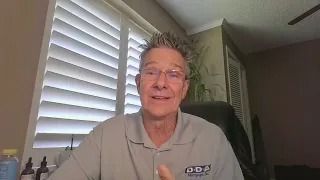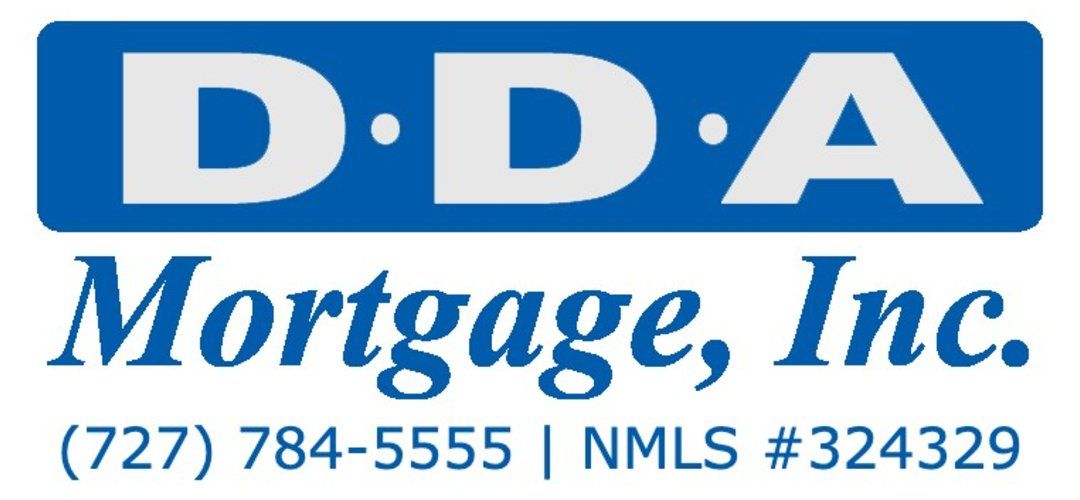Bank statement loans and asset depletion to qualify?
Qualifying for a mortgage using bank statements or asset depletion—Mortgage Broker Largo.
The gig economy has been great for a lot of solopreneurs, entrepreneurs, and the self-employed. However, it does change things when it comes to lending. Traditionally, lenders collect get a tax return, W2s, and some other statements. They determine how much they want to lend and you qualify.
However, income for solopreneurs, entrepreneurs, and the self-employed is not as straight forward. The good news, there is a type of loan for you!
It is called a Non-QM loan. A Non-QM loan is a non-qualified mortgage. Now, you still qualify for a mortgage, it is just a different type of mortgage.
For example, one type of Non-QM is the bank statement loan. In this situation we analyze 12 months of bank statements for a self-employed individual. The only stipulation is you have to be self-employed for two year. No tax return, W2s or 1099s are required. This will require a little more money down and potentially a higher rate.
Another example of a Non-QM loan is asset depletion. With an asset depletion, the lender agrees to accept your income figure and verify available assets. In some cases, the lender verifies your assets and does not take your income into consideration. A retiree who draws income from their retirement accounts may not have enough verifiable income, but their assets can be documented making them eligible for a Non-QM loan.
If you are interested in a Non-QM loan or to learn more about Non-QM loans give us a call (727) 784-5555.
Learn more by tuning in.
Start Your Loan
with DDA todayYour local Mortgage Broker
Mortgage Broker Largo See our Reviews
Looking for more details? Listen to our extended podcast!
Check out our other helpful videos to learn more about credit and residential mortgages.





